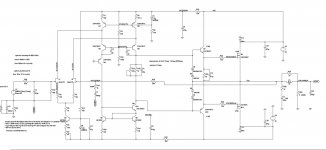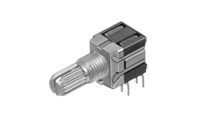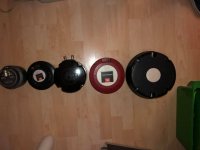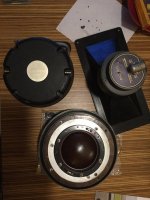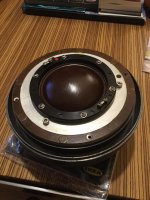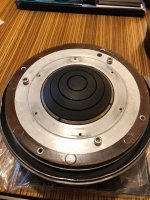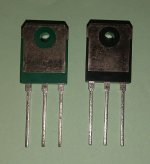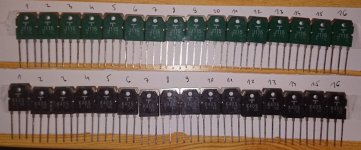BGW 6500
- By Astock
- Solid State
- 0 Replies
Ok here’s my issue, I recently picked up a BGW proline 6500 free from a guy I bought a pair of subs from. He told me that it was his brothers and one channel wasn't working. Not a big deal I thought as amplifiers are pretty simple at times. I figured I could tinker with it off and on or at least use it as a parts machine for my proline 6000. So I popped off the cover, saw the few components that looked questionable. Plugged it into the variac and slowly brought the voltage up.
10 ohm resistor started arcing, and 150 ohm started smoking. No problem. Traced it back and a 3773 output transistor was shorted. Replaced both on that driver replaced the resistors. Seemed fine. Looked over the rest of the board found a 100 ohm resistor down on the drivers driver between base and emitter replaced that. Checked those transistors, they tested good.
So here is the problem. That channel is messed up and I can't figure out why. It amplifies, at low volumes its fine. Perfect response both channels the same. At medium volume the distortion starts. It sounds like the power supply is running at 24 volts not 60 only on that one channel. I thought it could be a supply problem but the other channel is fine. And I’m getting (+) and (-) 60v against the common rail
Like I said this is perplexing me. It works mostly until there is a demand for power then it runs dry. I can plug it into the mains directly now. Left it idle for about an hour keeping an eye on it. Nothing is getting hot on either channel. I have no idea at all what to check next
10 ohm resistor started arcing, and 150 ohm started smoking. No problem. Traced it back and a 3773 output transistor was shorted. Replaced both on that driver replaced the resistors. Seemed fine. Looked over the rest of the board found a 100 ohm resistor down on the drivers driver between base and emitter replaced that. Checked those transistors, they tested good.
So here is the problem. That channel is messed up and I can't figure out why. It amplifies, at low volumes its fine. Perfect response both channels the same. At medium volume the distortion starts. It sounds like the power supply is running at 24 volts not 60 only on that one channel. I thought it could be a supply problem but the other channel is fine. And I’m getting (+) and (-) 60v against the common rail
Like I said this is perplexing me. It works mostly until there is a demand for power then it runs dry. I can plug it into the mains directly now. Left it idle for about an hour keeping an eye on it. Nothing is getting hot on either channel. I have no idea at all what to check next
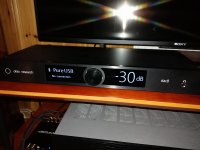
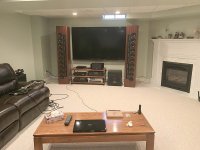
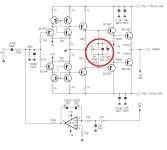
 Noticed the diaphragm is NLA but was wondering if there was a way to repair them. Look to be the 7900 0550 type but I may be wrong.
Noticed the diaphragm is NLA but was wondering if there was a way to repair them. Look to be the 7900 0550 type but I may be wrong.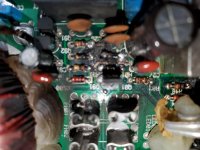
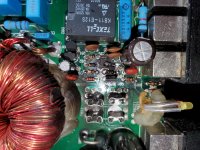


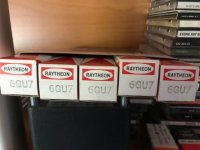
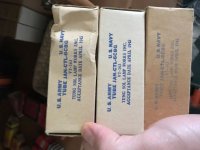
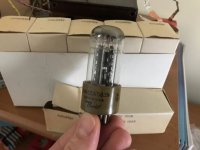
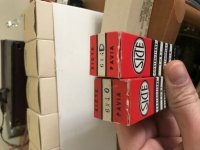
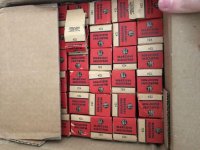
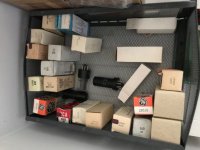
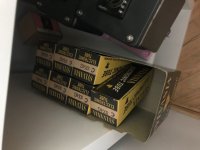
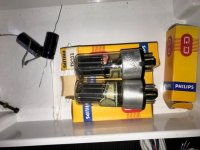
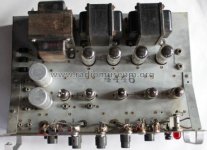
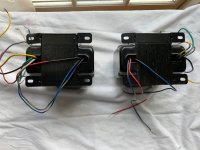
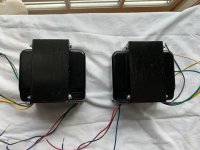
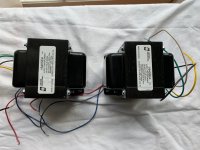

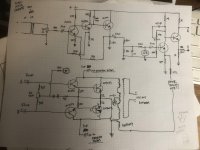
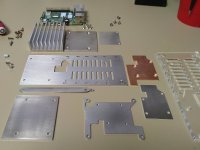
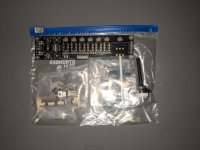
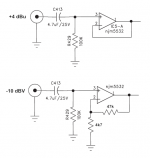
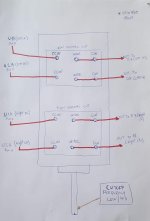
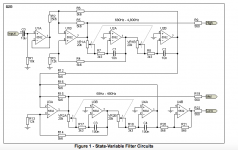
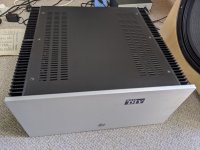
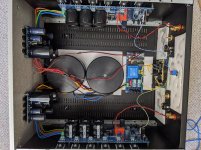
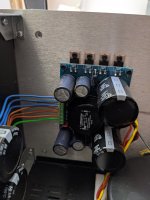
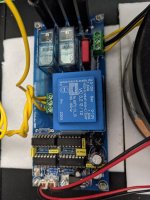
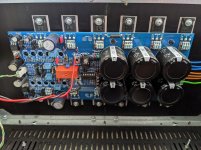
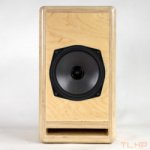
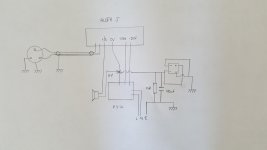
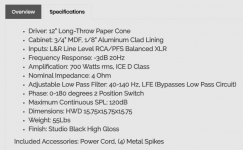

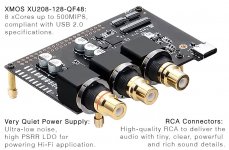
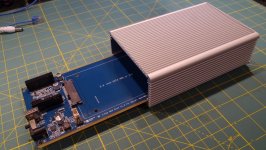
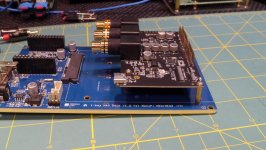

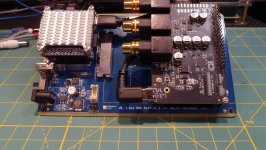
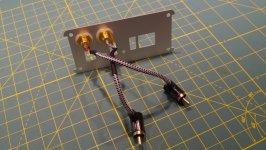
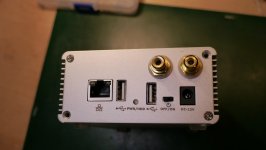
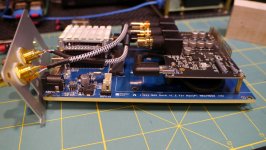
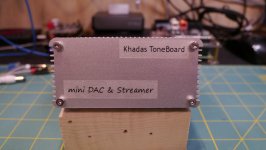
 PLEASE PARDON MY TANGENT
PLEASE PARDON MY TANGENT